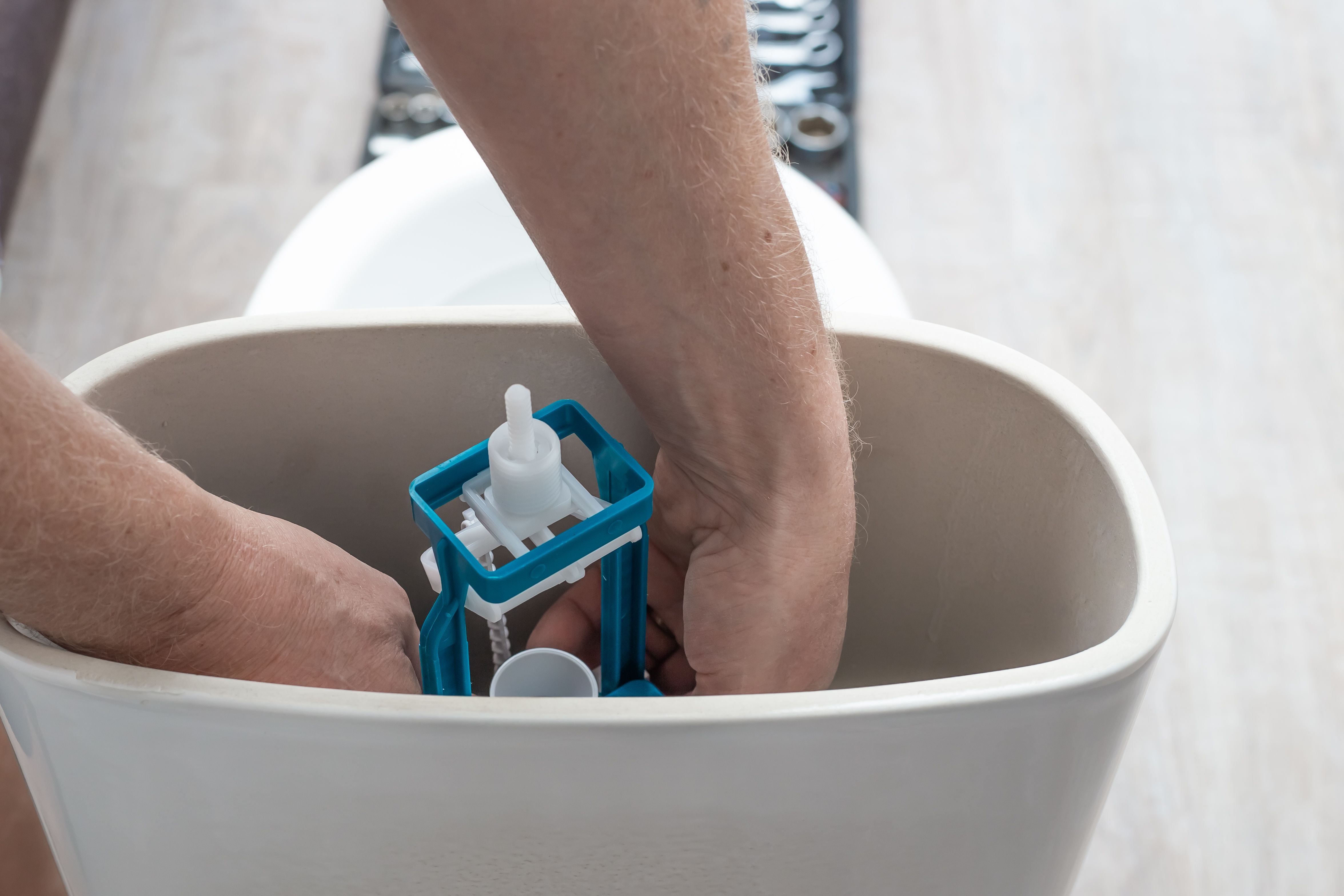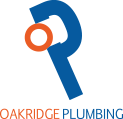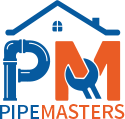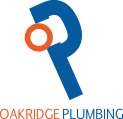Toilet Tank Parts You Should Know About
)
The modern toilet is a simple and efficient appliance. While there have been some important toilet innovations made within the past century or so, the basic parts have remained surprisingly the same.
At the most basic level, a toilet consists of a base or bowl that the user sits on, and the toilet tank that collects and transports water from a water source to the bowl. When it comes to understanding how it works to provide everyday convenience, here are the basic toilet tank parts you should know.
- Refill tube: This flexible plastic tube trickles water into the toilet bowl after a flush. Its primary function is to ensure there’s a small amount of standing water at the bottom of the toilet bowl to prevent sewer gases from entering your bathroom. These tubes can crack and leak over time—when they do, reach out to your plumber for an efficient fix.
- Float: A toilet float is an aluminum or plastic ball located in the toilet tank, and it functions to maintain appropriate water levels in the tank. If you’re noticing the toilet tank not filling completely, water flowing even after the tank is full—or if your toilet won’t stop running—you need to install a new float.
- Chain: Sometimes called a lift chain, this short strip of metal-linked chain attaches the toilet handle to the flapper. When you engage the handle to flush your toilet, it pulls the toilet chain, lifting the flapper and sending waste away while filling the toilet bowl with clean water.
- Flapper: You’ll find the flapper—a small rubber stopper—inside the base of the toilet tank. When you press on the toilet handle with enough force, it lifts the chain, in turn raising the flapper, and sending clean water into the toilet bowl. Once the water is released, the flapper returns into place to close the hole at the base of the toilet tank. If your toilet is leaking, it could be due to a failing flapper. Reach out to a plumber to learn more about this simple fix.
- Handle: This little lever or button is used to flush the toilet, and it’s often located on the side or top of the toilet tank. If you’re lucky enough to own a dual flush toilet, you’ll notice two buttons on the tank—one you’ll use to flush liquid waste and the other for solid waste. When the handle or button is engaged, it releases the flapper, flushing waste away and sending clean water into the toilet bowl.
- Shutoff: The water supply shutoff valve is located on the water supply line, and it works to turn off the water to the tank in emergency situations or when you’re making repairs. Be careful when you engage a toilet’s shutoff valve—they’re often made of plastic and are prone to breaking.
Toilets contain many moving parts that can show signs of wear and tear over time. Whether you’re dealing with a leaky toilet, one that’s constantly running or one that won’t flush at all, contact PipeMasters at info@pipemasters.ca or call (289) 404-9063 right away for a quick and efficient repair. Pipemasters is part of Oakridge Plumbing Ontario Ltd. and serves the East GTA, Durham Region, North to Lindsay & Peterborough, out to Cobourg and all points in between. All Rights Reserved.



